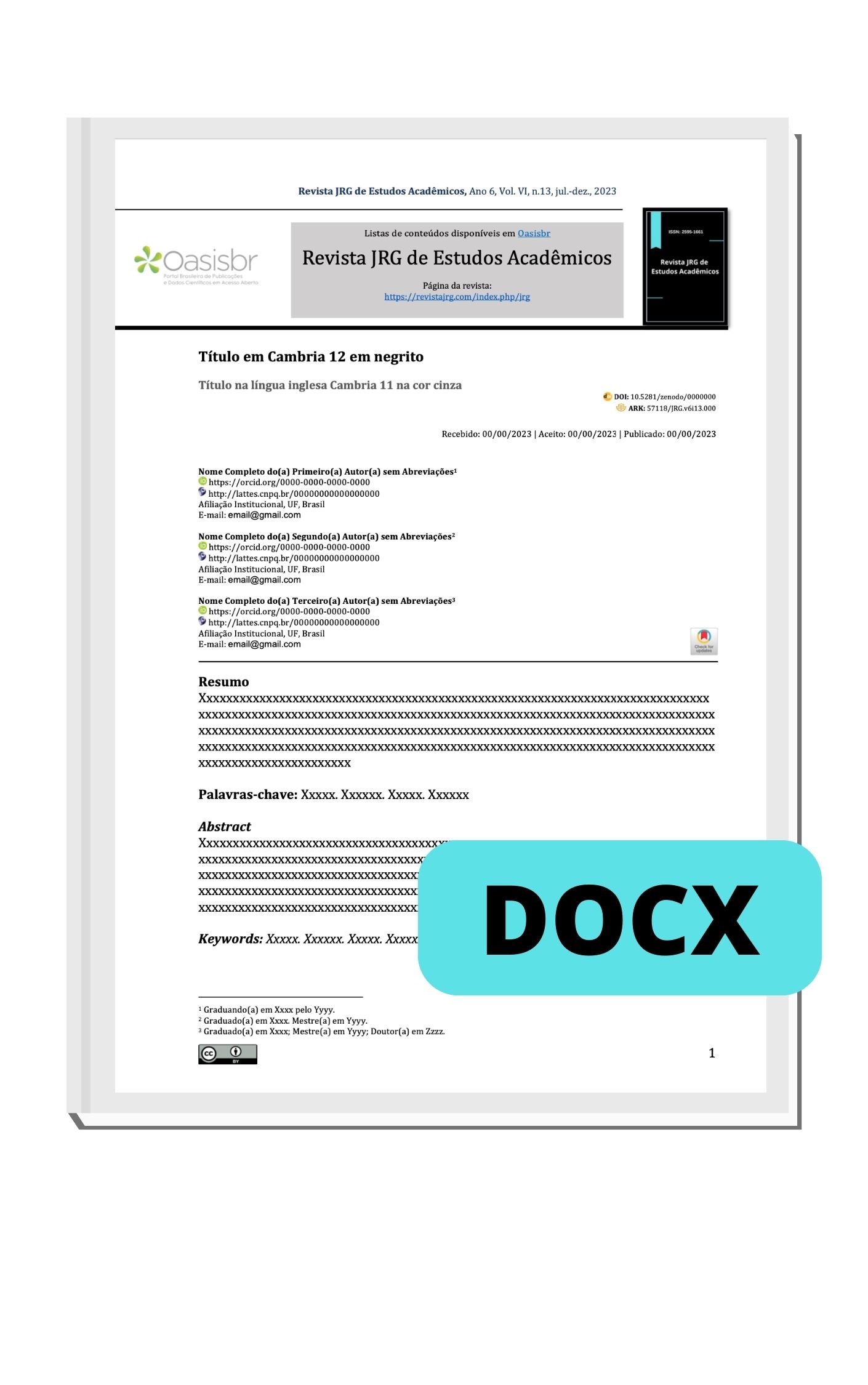From prices to public policy: a contemporary analysis of elasticity in microeconomic theory
DOI:
https://doi.org/10.55892/jrg.v8i19.2678Keywords:
Price elasticity, Income elasticity, Applied microeconomics, Demand systemsAbstract
The concept of elasticity is a cornerstone of Microeconomics, providing a rigorous, quantitative tool to measure the percentage degree of reaction of one economic variable to the change in another. It moves beyond qualitative statements, allowing for the classification of market sensitivity as elastic, inelastic, or unitary. This metric is fundamental across diverse sectors, including energy, food, services, and international trade, to inform pricing strategies, assess the impact of tax policies, and evaluate a nation's vulnerability to external price shocks. Despite its relevance, the empirical literature on elasticity is characterized by methodological and contextual diversity, covering variants like price, income, cross-price, and substitution elasticities. This narrative review aims to present a consolidated and referenced analysis of elasticity in Microeconomics. It systematically examines (i) the conceptual foundation and its main types, (ii) the diverse measurement methods, ranging from simple algebraic approaches (arc elasticity) to advanced econometric models (e.g., AIDS, QUAIDS, and panel data), and (iii) the strategic application of these concepts in key markets (energy, food, and services). Empirical evidence from recent studies highlights that demand is often inelastic in the short term, highly sensitive to income for luxury goods, and crucial for public health decisions, such as taxation on sugar-sweetened beverages. Ultimately, the study concludes that elasticity serves as an indispensable empirical bridge between economic theory, real-world data, and the formulation of effective public policy and business strategy.
Downloads
References
BOUYSSOU, C. G.; JENSEN, J. D.; YU, W. Food for thought: a meta-analysis of animal food demand elasticities across world regions. Food Policy, v. 122, art. 102581, 2024. DOI: 10.1016/j.foodpol.2023.102581
.
BURKE, P. J.; ABAYASEKARA, A. The price elasticity of electricity demand in the United States: a three-dimensional analysis. The Energy Journal, v. 39, n. 2, p. 123–146, 2018. DOI: 10.5547/01956574.39.2.pbur.
CHANG, B.; KANG, S. J.; JUNG, T. Y. Price and output elasticities of energy demand for industrial sectors in OECD countries. Sustainability, v. 11, n. 6, art. 1786, 2019. DOI: 10.3390/su11061786.
FEMENIA, F. A meta-analysis of the price and income elasticities of food demand. German Journal of Agricultural Economics, v. 68, n. 2, 2019. DOI: 10.52825/gjae.v68i2.2127.
GÓMEZ, M. A. Economic growth and factor substitution with elastic labor supply. Mathematical Social Sciences, v. 94, p. 49–57, 2018. DOI: 10.1016/j.mathsocsci.2018.05.003.
LIM, S.-Y.; MIN, J.-S.; YOO, S.-H. Price and income elasticities of residential heat demand from district heating system: a price sensitivity measurement experiment in South Korea. Sustainability, v. 13, n. 13, art. 7242, 2021. DOI: 10.3390/su13137242.
MOHAMMED, R.; ALMOJEL, S. Elasticities of food import demand in Arab countries: implications for food security and policy. Sustainability, v. 17, n. 14, art. 6271, 2025. DOI: 10.3390/su17146271.
SINGH, A.; CORSUN, D. L. Price elasticity of demand and its impact on hotel revenue performance during the COVID-19 pandemic. Cornell Hospitality Quarterly, v. 64, n. 4, p. 415–435, 2023. DOI: 10.1177/19389655231184475.
TROTTA, G. The price elasticity of residential district heating demand. Energy Economics, v. 112, art. 106163, 2022. DOI: 10.1016/j.eneco.2022.106163.
VENSON, A. H. et al. Price elasticity of demand for ready-to-drink sugar-sweetened beverages in Brazil. PLOS ONE, v. 18, n. 11, e0293413, 2023. DOI: 10.1371/journal.pone.0293413.
ZHU, W. et al. How does income heterogeneity affect future perspectives on food consumption? Empirical evidence from urban China. Foods, v. 11, n. 17, art. 2597, 2022. DOI: 10.3390/foods11172597.











































